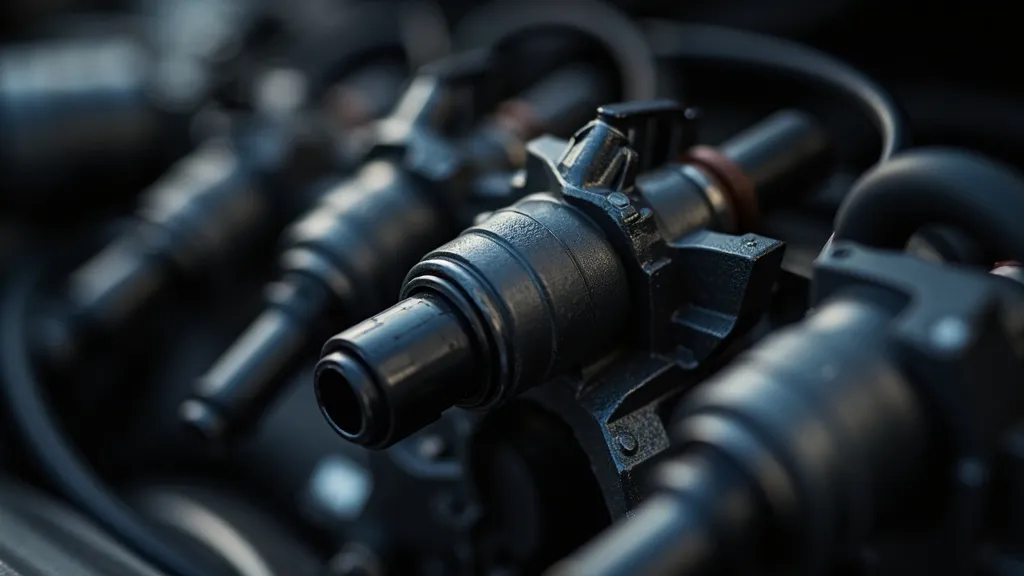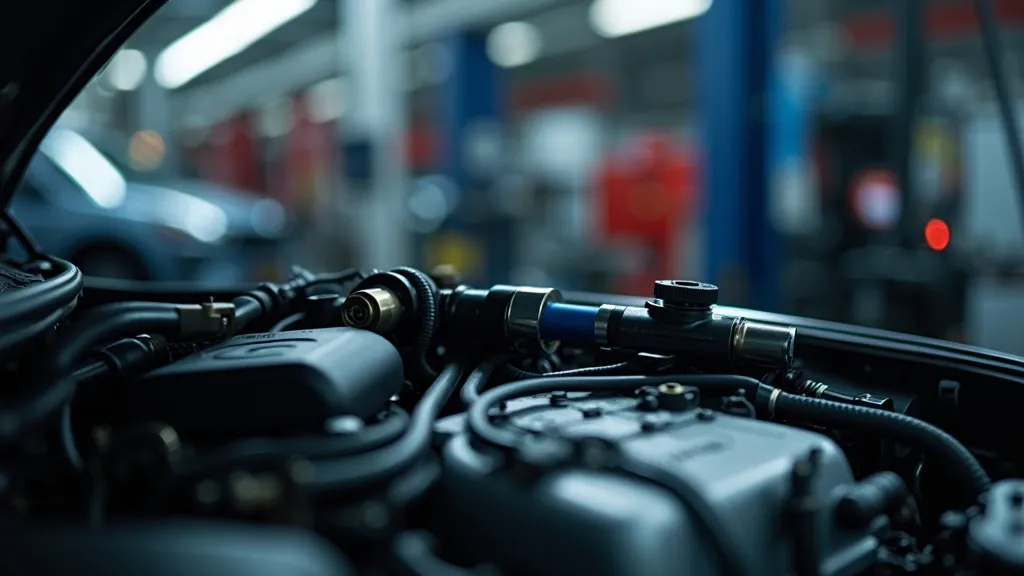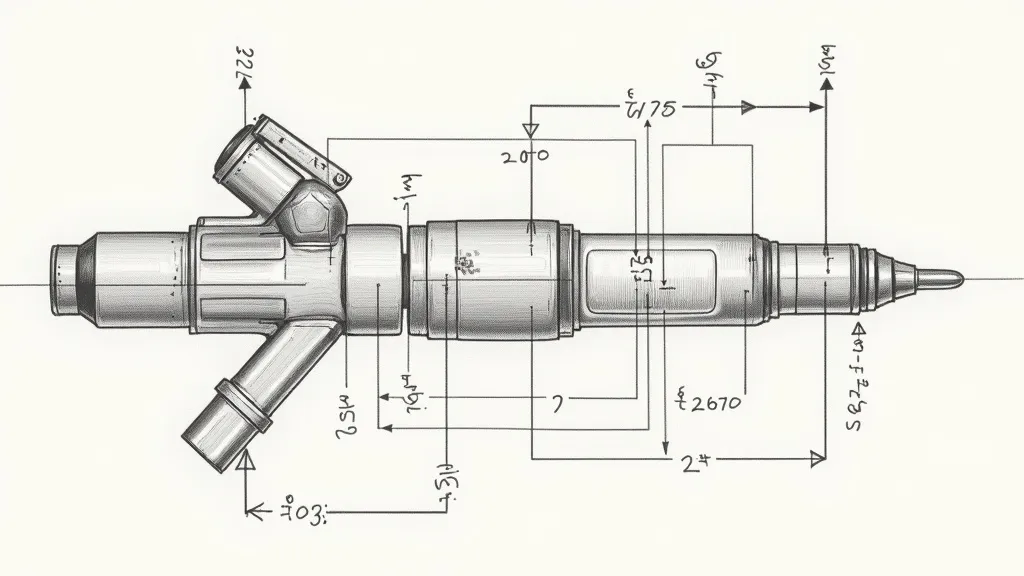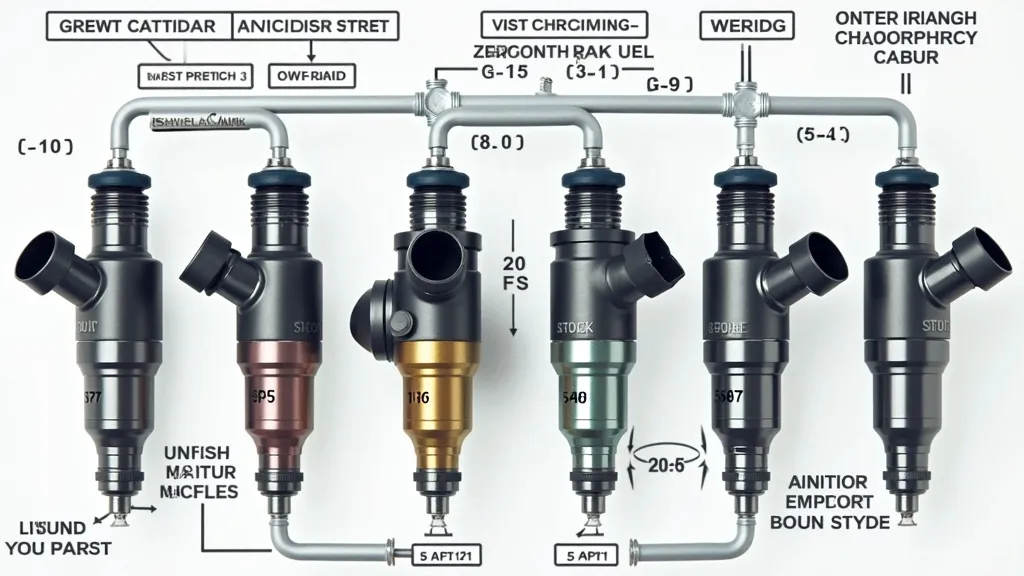Understanding Коррекция Форсунок Techniques
This comprehensive guide delves into the intricacies of коррекция форсунок, a critical process in automotive maintenance that ensures optimal engine performance and fuel efficiency. The term, translating to "injector correction," involves precise adjustments to fuel injectors, a vital component for maintaining engine health and performance. This article explores its significance, methods, and benefits.
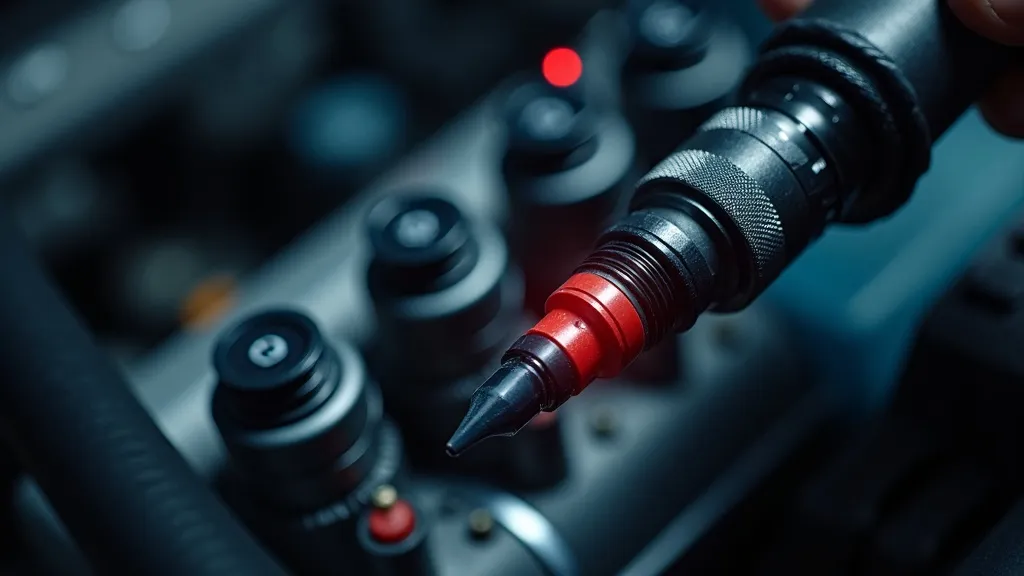
Introduction to Коррекция Форсунок
In the realm of automotive maintenance, the term "коррекция форсунок," or injector correction, plays a pivotal role in ensuring engine efficiency and longevity. This process involves meticulous adjustments to the fuel injectors, which are crucial for delivering the correct amount of fuel into the engine's combustion chambers. Proper injector function is essential for maintaining optimal engine performance, fuel efficiency, and emissions standards. A well-maintained injector system can greatly enhance the overall driving experience, leading to smoother acceleration and more responsive engine behavior.
The Importance of Injector Correction
Fuel injectors are integral to an engine's fuel delivery system. They control the amount of fuel sprayed into the combustion chamber, impacting combustion efficiency and engine performance. Over time, injectors can become clogged or misaligned due to impurities in fuel or wear and tear. Injector correction not only restores their function but also maximizes engine output and fuel economy. Moreover, with the advent of stricter emissions regulations, ensuring that injectors are functioning correctly has become increasingly important to meet environmental standards.
Methods of Injector Correction
Injector correction typically involves several steps. Initially, a diagnostic scan of the vehicle's engine management system is conducted to identify any injector-related issues. Technicians may then proceed with cleaning the injectors, often using specialized equipment to remove deposits. If necessary, adjustments are made to the injector nozzles to optimize spray patterns. This process may also include the examination of the fuel delivery system to ensure that there are no underlying issues contributing to injector malfunction, such as fuel pump failure or clogged fuel filters.
Benefits of Proper Injector Correction
Correctly adjusted injectors lead to several benefits, including improved fuel economy, reduced engine knocking, and lower emissions. Moreover, they ensure smoother engine operation and prolong the life of the engine by preventing excessive wear due to improper fuel delivery. By maintaining the health of the injectors, drivers can enjoy better throttle response and an overall more enjoyable driving experience. Additionally, a well-tuned fuel injection system can enhance the power output of an engine, making it more capable for various driving conditions, whether it be city commuting or highway cruising.
Common Issues Requiring Injector Correction
Several signs indicate that a vehicle might need injector correction. These include rough idling, increased fuel consumption, engine misfires, and a noticeable decrease in power output. Other symptoms can include a check engine light illuminating on the dashboard, unusual engine noises, or poor acceleration. Regular maintenance and timely correction of injectors can prevent these issues, ensuring the vehicle runs smoothly. It is essential to stay attentive to your vehicle's performance and address any anomalies promptly to avoid more significant, costly repairs down the line.
Step-by-Step Guide to Injector Correction
- Diagnostic Check: Use an OBD-II scanner to identify injector-related error codes. This initial step is crucial for pinpointing the exact nature of the problem.
- Injector Cleaning: Employ ultrasonic cleaning or fuel additives to remove deposits. Ultrasonic cleaning is particularly effective as it can reach areas that are difficult to clean manually.
- Adjustment: Recalibrate the injectors to ensure optimal spray patterns and fuel delivery. This may involve adjusting the fuel pressure regulator as well.
- Testing: Perform a road test to ensure the engine runs smoothly and efficiently. Check for any remaining issues that may need addressing.
Injector Correction Techniques: A Comparison
| Technique | Description | Cost |
|---|---|---|
| Ultrasonic Cleaning | Utilizes sound waves to remove deposits from injectors. This method is highly effective and thorough, ensuring all debris is removed. | Moderate |
| Fuel Additives | Pour-in solutions that dissolve injector deposits. These are often the easiest and cheapest method but may not be as effective for severe clogging. | Low |
| Manual Adjustment | Physical recalibration of injector nozzles. This is often the most accurate method but requires skilled technicians and specialized equipment. | High |
Additional Techniques for Injector Maintenance
In addition to the primary methods of injector correction, there are several supplementary techniques that can help in maintaining injector performance. These techniques can be employed either as preventative measures or as part of a corrective maintenance routine.
Preventative Maintenance with Fuel Filters
One of the most effective ways to prevent injector issues is by regularly replacing fuel filters. Fuel filters are designed to capture impurities and contaminants in the fuel before they reach the injectors. Over time, these filters can become clogged, leading to reduced fuel flow and increased strain on the injectors. It is generally recommended to replace your fuel filter every 15,000 to 30,000 miles, depending on the vehicle manufacturer's guidelines and the quality of fuel used.
Using High-Quality Fuels
Another critical aspect of injector maintenance is the quality of fuel being used. Some fuels contain detergents and additives designed to keep the fuel system clean, while others may lead to the buildup of deposits over time. Using high-quality fuels from reputable brands can help minimize the likelihood of injector clogging and reduce the frequency of required corrections. Additionally, fuel quality standards vary by region, so being informed about local fuel options can be beneficial.
Regular Engine Tune-Ups
Incorporating regular engine tune-ups into your maintenance schedule can also contribute to injector health. During a tune-up, technicians typically inspect the ignition system, air filters, and fuel delivery systems, including injectors. This holistic approach ensures that all components work harmoniously, reducing the risk of injector-related issues and improving overall engine performance.
FAQs
- What are the symptoms of faulty injectors?
Common symptoms include rough idling, increased fuel consumption, and engine misfires. Other signs might involve a check engine light, poor acceleration, and unusual engine noises. - How often should injectors be corrected?
It is recommended to check injectors during regular vehicle maintenance or every 30,000 miles. However, if you experience any symptoms of malfunction, it is advisable to have them checked immediately. - Can I perform injector correction myself?
While basic cleaning can be done with fuel additives, professional correction requires specialized tools and expertise. Attempting to manually adjust injectors without proper knowledge could lead to further damage. - Is injector cleaning necessary for all vehicles?
Not all vehicles may require regular injector cleaning, but it is beneficial for those that experience performance issues or have high mileage. Regular maintenance can help prevent the need for extensive cleaning. - How does injector correction affect fuel economy?
Proper injector correction can significantly improve fuel economy by ensuring the correct amount of fuel is delivered for combustion, thus optimizing efficiency and reducing waste.
Conclusion
In conclusion, коррекция форсунок is a crucial aspect of maintaining vehicle performance and longevity. By understanding the importance and methods of injector correction, vehicle owners can ensure that their engines operate efficiently, reducing the risk of costly repairs and enhancing overall driving experience. A proactive approach to injector maintenance not only saves money in the long run but also contributes to a cleaner environment by reducing harmful emissions. Therefore, investing time and resources into regular injector checks and corrections can lead to a significantly more reliable and enjoyable driving experience.
The Future of Fuel Injection Technology
As technology continues to evolve, so too does the field of fuel injection. Modern vehicles are increasingly equipped with advanced fuel injection systems, such as direct injection and port fuel injection, which provide improved performance and efficiency. These systems rely on precise control of fuel delivery and require sophisticated calibration and maintenance. Understanding these advancements is vital for both consumers and technicians aiming to keep vehicles running optimally.
Direct Injection Systems
Direct injection systems inject fuel directly into the combustion chamber at high pressure, allowing for better atomization and more efficient combustion. This technology can result in significant power gains and lower emissions. However, these systems can also be more susceptible to carbon buildup, particularly on intake valves, which may necessitate more frequent cleaning compared to traditional systems. Regular maintenance and awareness of the unique challenges posed by direct injection systems are essential for maintaining engine performance.
Hybrid and Electric Vehicles
With the rise of hybrid and electric vehicles, the role of fuel injectors is evolving. While traditional combustion engines continue to use injectors, hybrids often utilize complex systems that integrate both electric and combustion power. This shift necessitates a new understanding of fuel delivery systems and their maintenance, as well as the development of new technologies that can complement electric propulsion. Understanding the nuances of these systems is crucial for future automotive technicians and enthusiasts alike.
Conclusion on the Future of Injector Technology
The future of fuel injection technology is promising, with innovations continuously emerging to enhance efficiency and performance. As vehicles become more complex, the importance of proper injector correction will remain paramount. By staying informed about advancements in fuel injection technology and adhering to regular maintenance practices, vehicle owners can ensure their engines operate at peak performance for years to come. Ultimately, whether through traditional combustion engines or advanced hybrid systems, the principles of maintaining fuel delivery systems will continue to be a vital aspect of automotive care.






